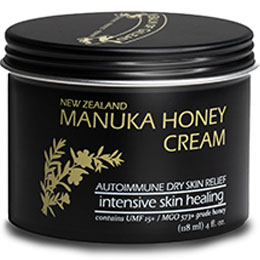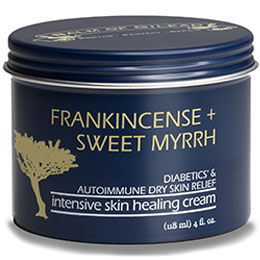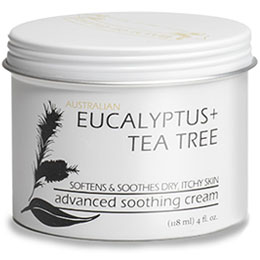Natural Approach to Relieving Hot Flashes
If you’re reading this and you’ve endured (or are currently enduring) the fiery rollercoaster of menopause, then you know hot flashes aren’t just "warm moments" - they’re five-alarm fire drills inside your body. One minute you’re sipping tea, and the next, you’re ready to body-slam the freezer door open like it owes you money.
That sudden surge of warmth (okay, fine - heatwave) comes with sweats, flushed cheeks, and a face so red it could double as a stop sign. Then, just as quickly, it retreats, leaving you cold, damp, and wondering why Mother Nature couldn’t just send a polite email instead. Lucky for some, not everyone gets these mini infernos. To those women, I say: "Congrats, but don’t gloat."
I’ve been riding this hot flash train longer than I’d like to admit. And honestly, it’s wild that science still isn’t sure why some women get them while others don’t. (If this were happening to men, you know there’d be a “cure” by now.)
What Causes Hot Flashes?
Apparently, just existing might be enough, but some triggers don’t help. Here are a few:
- Too little exercise
- Smoking (don’t do it)
- Obesity
- Caffeine (how rude)
- Alcohol (even ruder)
- Spicy foods (life is unfair)
- Heat (we didn’t choose this)
- Stress (as if we aren’t stressed because of the hot flashes)
- Tight clothing (but they were cute jeans, okay?)
Looking at this list, I’d say I’m doing mostly okay, but stress? Oh, I’m stressed - from trying to avoid stress. It’s a vicious cycle. My family knows when I’m in "flash mode" because I get that wild-eyed, “Don’t talk to me unless it’s urgent” look, and sometimes I flash a bit of teeth. Therapy might help, but a personal ice bath sounds cheaper.
Can You Prevent Hot Flashes?
Well, if your body has decided to play "Flame On," there’s no magic switch to turn it off. But you can avoid triggers and try a few tricks:
- Wear light, natural-fiber layers - Easy to strip off like a runway model in crisis.
- Stay hydrated - Water is your new best friend (sorry, wine).
- Use a fan at night - Yes, it’s chilly at first, but it’s a game-changer at 2 a.m. when you wake up feeling like you’re being slow-cooked.
- Exercise - A daily walk, dance party, or yoga can do wonders. (Yes, I dance in my living room like no one’s watching — and if they are, they’re getting a show.)
- Natural remedies - Black cohosh, evening primrose, and vitamin E are a few herbal helpers you can try (talk to your doctor first, though).
I’ve tried most of these, and they do help. But let's be real, hot flashes have their own agenda, and no essential oil blend or well-placed fan can fully tame the flames.
Essential Oils to the Rescue
After much trial, error, and "what if I just live in the fridge," I found a recipe for a hot flash body oil that actually helps.
Body Oil Recipe for Hot Flashes
- Grab a 10ml glass roller bottle.
- Fill it halfway with your favorite carrier oil (I used my homemade rose geranium-infused oil).
- Add essential oils:
- 5 drops Geranium essential oil
- 5 drops Lemon essential oil
- 10 drops Clary Sage essential oil
- 5 drops Peppermint essential oil
- Here's another essential oil blend for a 10ml bottle:
- 15 drops Clary Sage essential oil
- 10 drops Lavender essential oil
- 5 drops Ylang Ylang essential oil
- 5 drops Geranium essential oil
Fill the rest of the bottle with your carrier oil, pop on the rollerball, and shake it like it’s cocktail hour. These blends are nice and they are not overpowering.
How to Use Your Hot Flash Oil
When I feel the "oh no, it’s happening" heat rising, I grab the roller and apply it to the back of my neck, inside my wrists, or the backs of my knees. I also swipe it on before bed, because nighttime flashes are the worst. And yes, I watch to make sure the oil is actually coming out - nothing more frustrating than a rebellious rollerball.
I used to get multiple flash attacks a day, but since using this, I’ve only had a few sneak through. Is it a miracle cure? No. But does it help me feel less like I’m in a spontaneous combustion contest? Absolutely.
If you try it, let me know how it works for you - and if you have a secret remedy of your own, please share. We’re all in this fiery sisterhood together.
Important Disclaimer Informatin
None of the essential oil topics presented to you on Earth to Jamie have been evaluated or approved by the FDA. The recipes and opinions presented to you should not replace personal judgment nor medical treatment when indicated, nor are they intended to diagnose, treat, cure, or prevent any disease. Always talk to your physician about the use of alternative methods or any other complimentary treatment. Reading content on this website indicates your understanding and agreement to our disclaimer statement. See Terms of Use under About Us for more information.
Performing a Patch Test and a Few Safety Tips.
If you are new or not sure how a blend or essential oil may react on your skin, it is always recommended to do a patch test prior to use. To do this, mix 2 drops essential oil to about 1/2 teaspoon carrier oil then apply to a patch of skin such as the forearm. Observe that area over the next 1 to 2 hours for any noticeable reaction; this will usually occur within 5-10 minutes. If you experience any irritation or discomfort either stop using or adjust the amount of essential oils you've used.
If you have not used a carrier oil before, you can also perform a patch test to the inner arm area.
Prior to using essential oils, always check the label for appropriate usage and do not apply essential oil to sensitive areas like the eyes, ears, and mucous membranes. If you have a medical condition and/or you are taking medications, consult your physician prior to use.
More information about essential oils can be found here
Check out the Health & Beauty section for Homemade Beauty Recipes

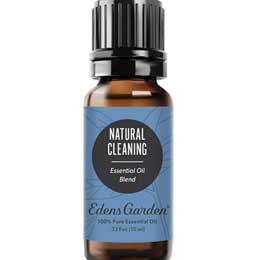
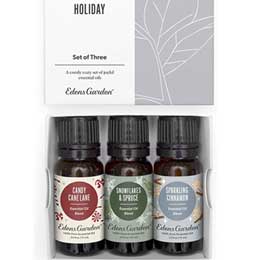
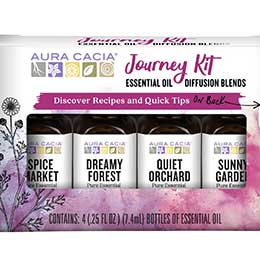
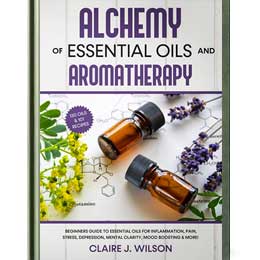
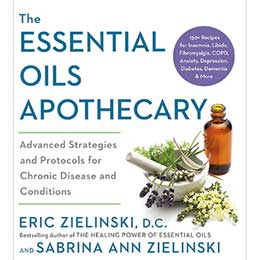
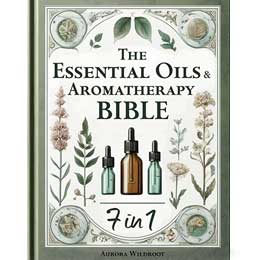



 Wellness Mama 5 Step Lifestyle Detox
Wellness Mama 5 Step Lifestyle Detox




